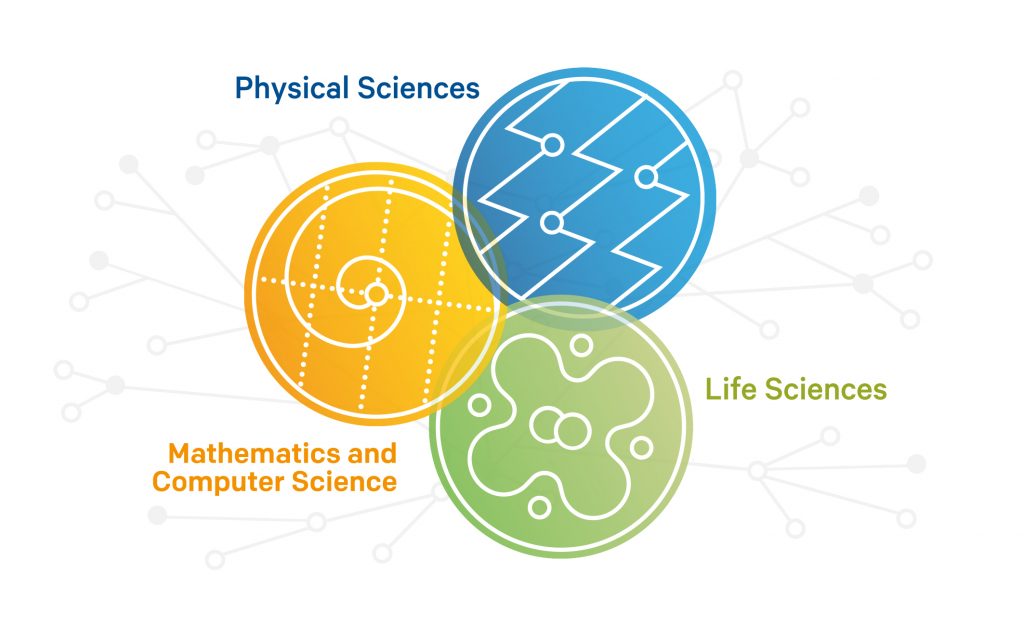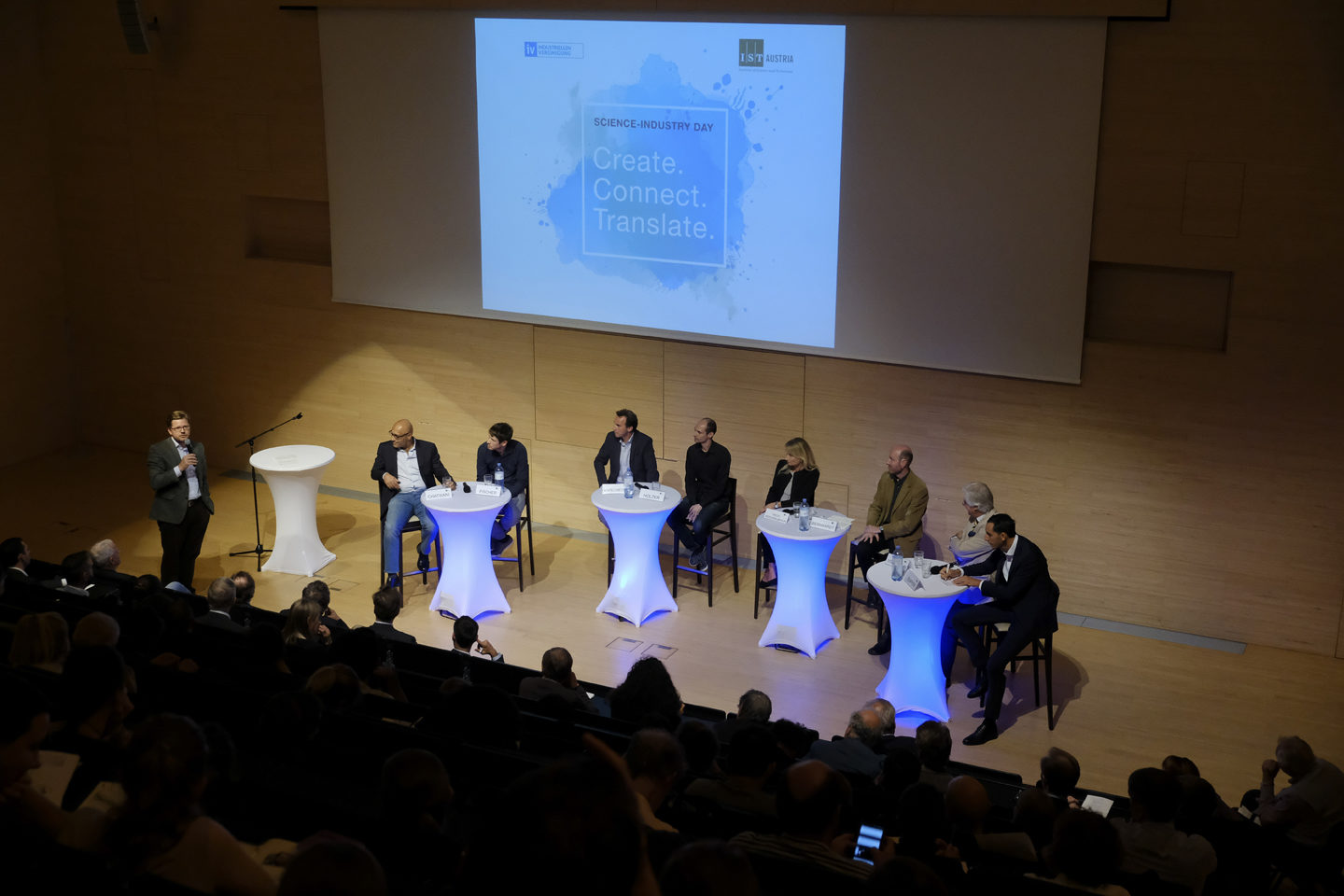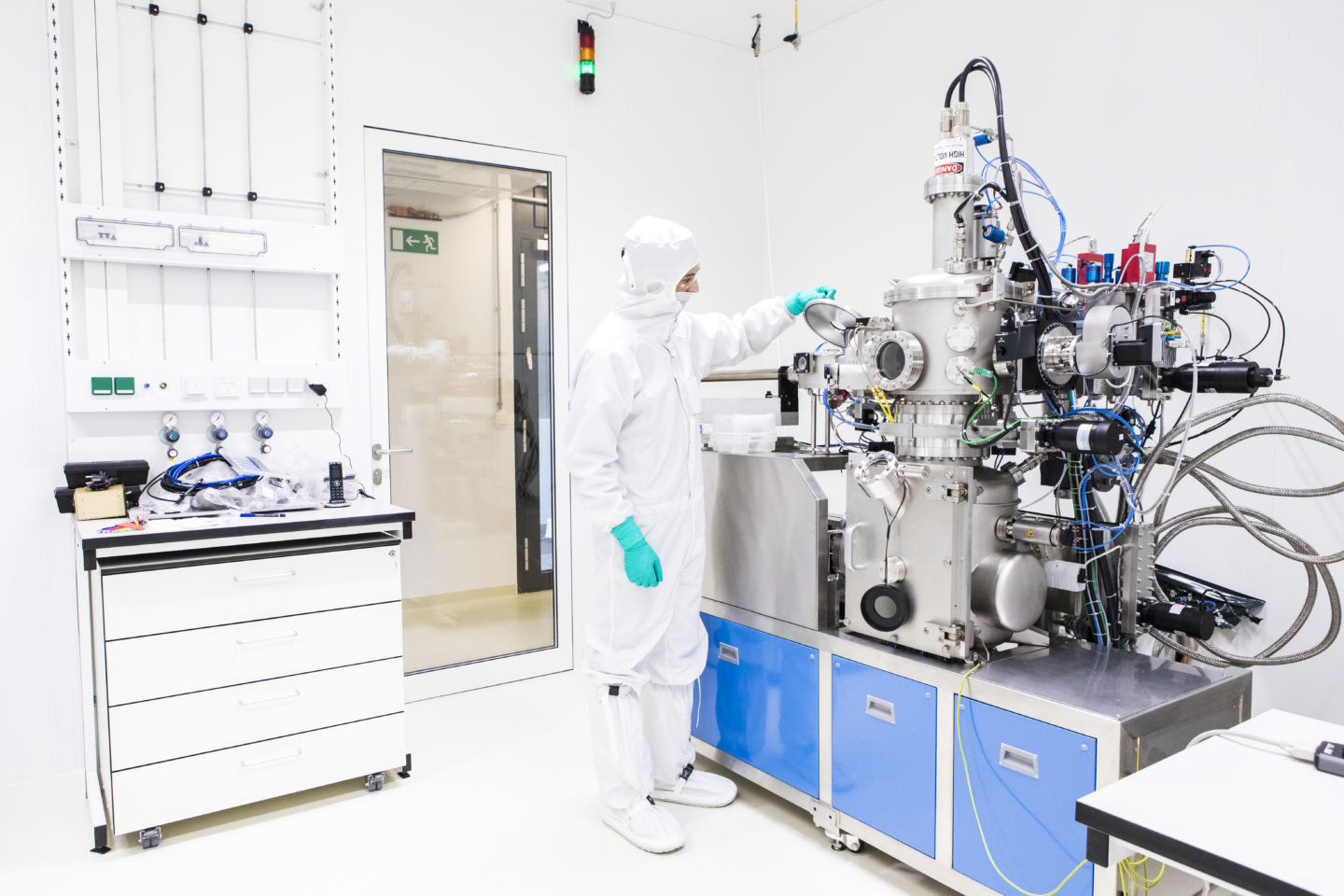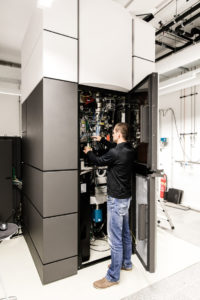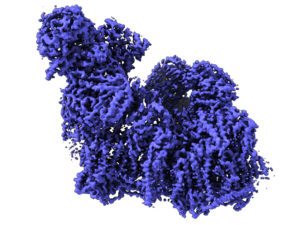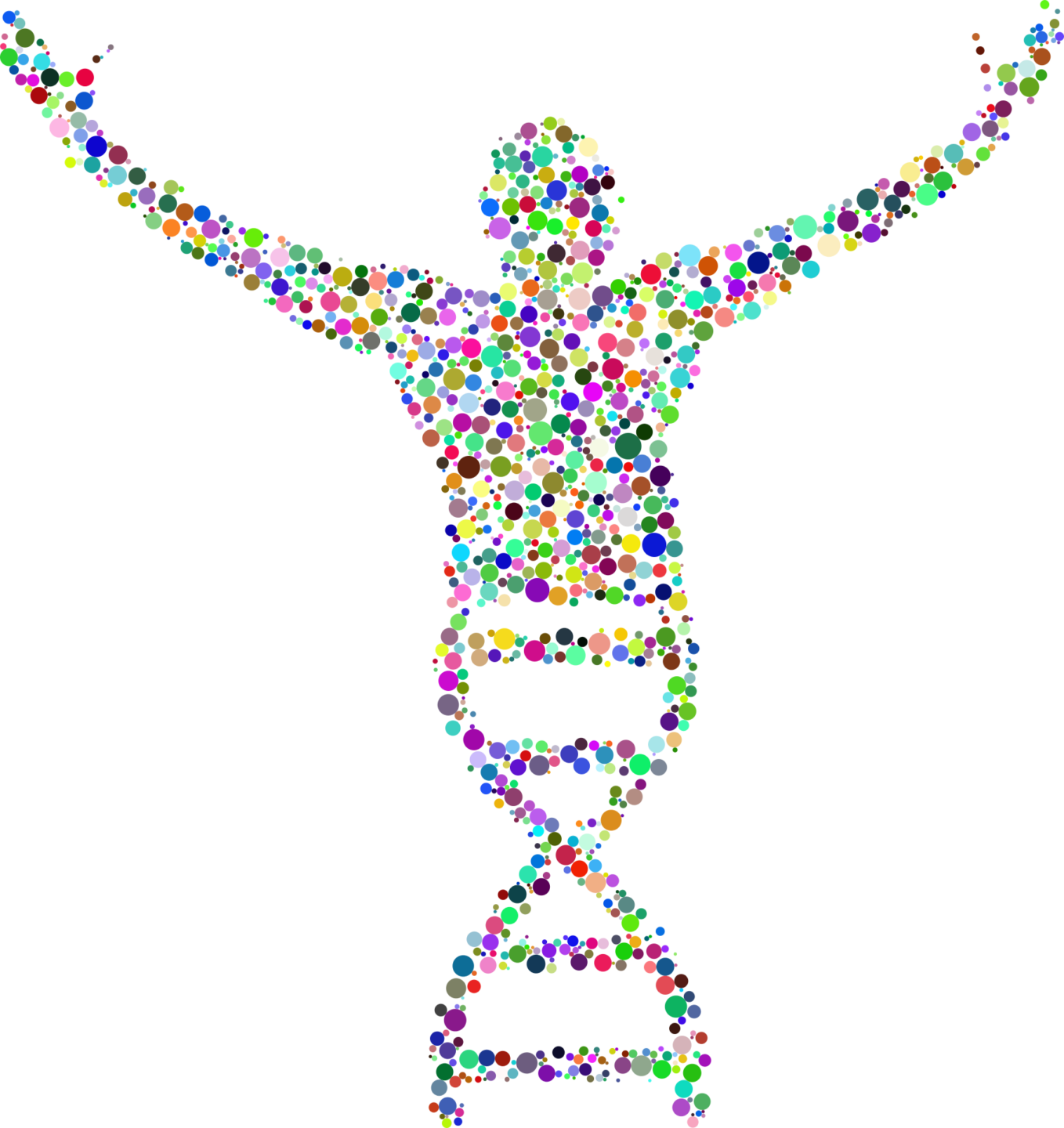October 10, 2019
Techtober at IST Austria: Science, innovation and the importance of staying curious
Curiosity-driven science at IST Austria as a solid foundation for practical applications
October is ‘Techtober’ at the Institute of Science and Technology Austria (IST Austria). During the whole month of October, we celebrate the relationship between curiosity-driven science and its influence on technological breakthroughs and innovation. Here we showcase how our curiosity-driven research and scientific infrastructure is currently translating into modern-day practical applications.
Throughout history, basic science has been one of the key drivers of innovation, paradigm shift and technological breakthroughs. Examples of this are many: Einstein’s work on general relativity led to the invention of the GPS, and many of our modern-day devices are a prime consequence of the invention of the transistor in the 1950s. These technologies have then, in turn, gone on to aid further research such as the invention of the cryogenic electron microscope, the dilution fridge used in Quantum computing and nanotechnology research along with modern High Performance Computing (HPC) networks used in machine learning and artificial intelligence. The primary mission of IST Austria is to support the results that emerge when outstanding individuals work together in a curiosity-driven manner — and that have the potential to form a solid foundation for technological innovations in the future.
Throughout the month of October IST Austria will showcase its current scientific infrastructure and how its basic research is translating into modern day practical applications.
Technology Transfer: Supporting scientific entrepreneurship
Since its foundation, IST Austria has recognized the important contributions to society that our researchers can make by following their curiosity-driven ideas for new technologies. IST Austria’s Technology Transfer Office manages a portfolio of these developing technologies at the institute and works closely with researchers to establish strategies for transferring them to industry. In accordance to the strategic direction of the institute, the department also offers a variety of fellowships and access to investment seed funds, which expand the career opportunities of early scientists studying at IST Austria.
The Technology Transfer Office also assists in the organization of industry-related events such as the annual Science Industry Talk (SIT) which gives scientists an opportunity to interact with business leaders such as Babak Parviz, Vice President of Amazon, who will be among the expert of next Science Industry Talk on November 19th 2019.
At present, the Technology Transfer Office manages a pipeline of projects ranging from improving diagnostics for neurological disorders such as autism to increasing the yield of agricultural plant varieties.
The office also works in close conjunction with the newly established IST Park — a hub for research spin-offs, start-ups and specialized research and development companies.
Scientific Services Unit (SSU): Providing high-end infrastructure for cutting-edge research
Whilst basic science is the starting point for new technology, technology in turn helps to propel basic science. IST Austria’s Scientific Services Units (SSU) manage a variety of technologies, enabling scientists to do cutting-edge research across a wide range of fields ranging from molecular and structural biology to quantum physics and machine learning. These facilities pool scientific infrastructure used by more than one research group to avoid a duplication of efforts and expenses while maintaining upgradability. This is a primary focus of the SSUs with much of IST Austria’s technological infrastructure managed in-house — an exception to many institutions across the world. One advantage of this is that highly specialized expertise is built up and conserved over time, allowing needs to be met quickly in one-to-one relationships with researchers.
Currently, IST Austria employs over 90 people across eight SSUs, five of which center around a technology-related aspect of basic research:
- Bioimaging Facility
- Electron Microscopy Facility
- Miba Machine Shop
- Nanofabrication Facility
- Scientific Computing
Cryo-EM Technology: Imaging the world at an atomic level
With three new state-of-the-art cryo-electron microscopes, IST Austria holds the largest and most advanced cryo-electron microscopy (cryo-EM) facility currently being operated in Austria.
Cryo-EM is a cutting-edge technique where biological samples such as proteins and viruses can be observed in their natural state and at near-atomic scales, rendering this method indispensable in structural biology. At IST Austria, cryo-EM is particularly being used by the research groups of three professors: Carrie Bernecky, Leonid Sazanov and Florian Schur. Significant research has already been produced using the new machines (installed in fall 2018), including a paper in the journal Nature which was recently published by the group of Leonid Sazanov: the structural and functional analysis of the metabolic enzyme transhydrogenase, supporting the development of medical treatment for a variety of metabolic diseases.
Optimizing manufacturing through 3D Printing
In the world of manufacturing, the creation of template molds is often complex, costly and time-intensive. Recently, researchers from the Bickel group at IST Austria have developed a method which may, in the future, provide a technique which allows for the automatic design of these molds, significantly lowering cost and production time.

Improving the treatment of autism and epilepsy with cutting-edge neuroscience
As IST Austria continues to grow and develop, collaboration amongst researchers often results in academic spin-offs and products of direct benefit for society. One such example is the development of individualized disorder diagnostics for conditions such as autism and epilepsy. IST Professor Gaia Novarino is actively involved in a project which aims to translate her ongoing academic research — regarding the inheritance of neurodevelopmental disorders — into products that can improve the diagnostics of children with conditions such as autism and epilepsy.
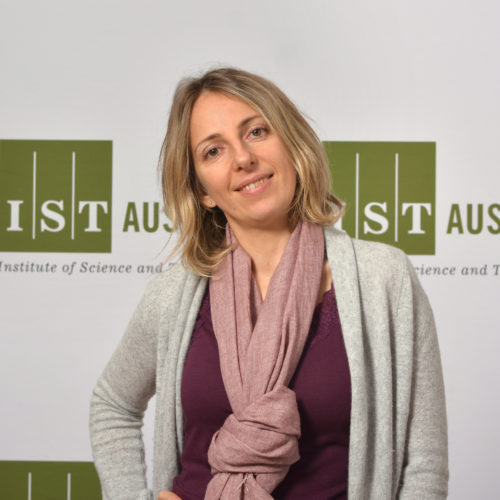
The development of such individualized diagnostics is an important milestone towards personalized medicine.


